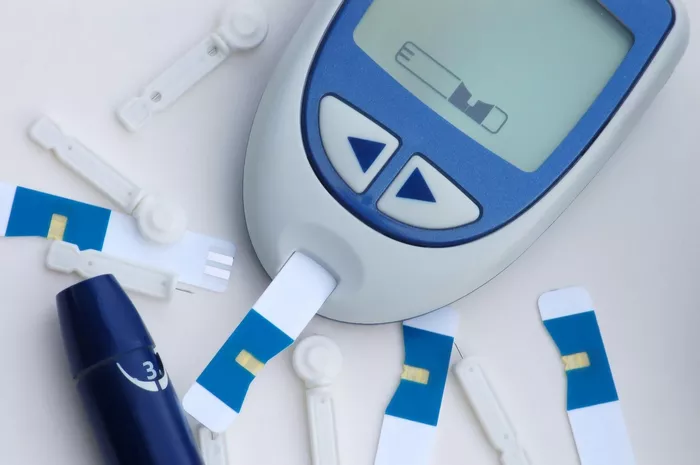Type 2 diabetes is a chronic condition characterized by elevated blood sugar levels due to insulin resistance or inadequate insulin production. It affects millions of people worldwide, with its prevalence steadily rising. While genetics and lifestyle factors contribute to its development, diet plays a crucial role in managing the condition effectively.
Dietary choices have a profound impact on blood sugar control, complications, and overall health in individuals with type 2 diabetes. Making healthy food choices can help stabilize blood sugar levels, reduce the risk of complications such as heart disease and stroke, and improve quality of life.
Best Food Choices
Low Glycemic Index (GI) Foods: Low GI foods are digested and absorbed more slowly, resulting in gradual increases in blood sugar levels. Examples include:
Legumes (e.g., lentils, chickpeas)
Non-starchy vegetables (e.g., spinach, broccoli)
Whole grains (e.g., quinoa, barley)
Berries (e.g., strawberries, blueberries)
High-Fiber Foods: Fiber helps regulate blood sugar levels and promotes satiety, preventing overeating. Include:
Fruits (e.g., apples, oranges)
Vegetables (e.g., carrots, Brussels sprouts)
Whole grains (e.g., oats, brown rice)
Legumes (e.g., black beans, kidney beans)
Lean Proteins: Lean proteins help stabilize blood sugar levels and support muscle health. Opt for:
Poultry (e.g., chicken breast, turkey)
Fish (e.g., salmon, tuna)
Tofu and tempeh
Legumes (e.g., lentils, edamame)
Healthy Fats: Healthy fats are essential for heart health and can improve insulin sensitivity. Choose:
Avocados
Nuts and seeds (e.g., almonds, chia seeds)
Olive oil
Fatty fish (e.g., mackerel, sardines)
Non-Starchy Vegetables: Non-starchy vegetables are low in calories and carbohydrates but rich in vitamins and minerals. Include:
Leafy greens (e.g., spinach, kale)
Cruciferous vegetables (e.g., cauliflower, cabbage)
Bell peppers
Mushrooms
Fruits: While fruits contain natural sugars, some are lower in sugar and can be enjoyed in moderation, such as:
Berries (e.g., raspberries, blackberries)
Apples
Citrus fruits (e.g., oranges, grapefruits)
Portion Control and Balanced Meals
Maintaining portion control and consuming balanced meals is essential for managing blood sugar levels. Aim to fill half your plate with non-starchy vegetables, one-quarter with lean protein, and one-quarter with whole grains or starchy vegetables. Avoid oversized portions and limit high-calorie, high-fat foods.
Plan meals ahead of time to ensure they are balanced and nutritious. Incorporate a variety of foods from different food groups and include snacks to prevent blood sugar spikes between meals. Experiment with new recipes and cooking methods to keep meals exciting and enjoyable.
Conclusion
Managing type 2 diabetes through diet is achievable with the right knowledge and approach. By focusing on low GI foods, high-fiber options, lean proteins, healthy fats, and portion control, individuals can better control their blood sugar levels and improve their overall health. Incorporating meal planning and preparation strategies can make healthy eating more convenient and sustainable in the long term. Remember to consult with a healthcare professional or registered dietitian for personalized dietary advice tailored to your individual needs and preferences. By taking proactive steps towards improving your diet, you can better manage your type 2 diabetes and lead a healthier, more fulfilling life.
Related Topics:
What Can Type 1 Diabetics Not Eat?
























